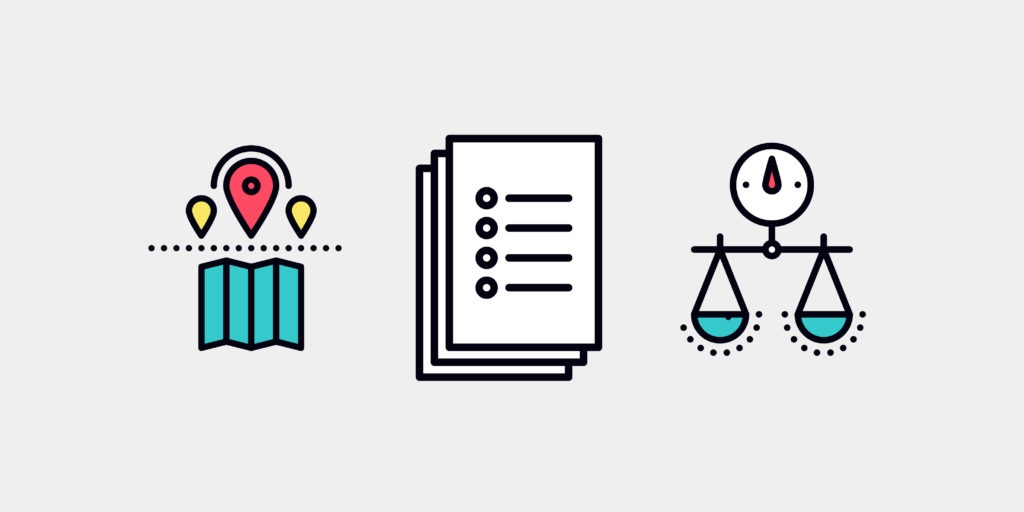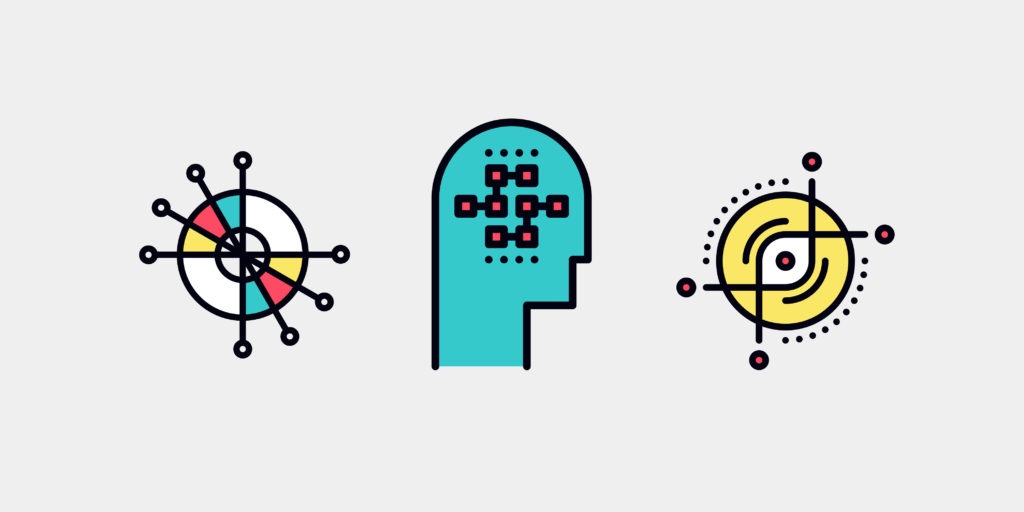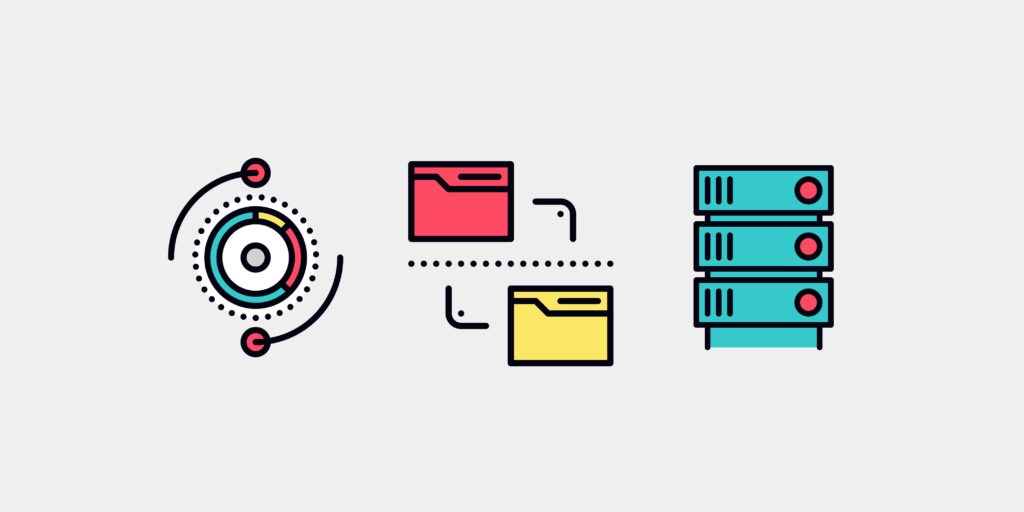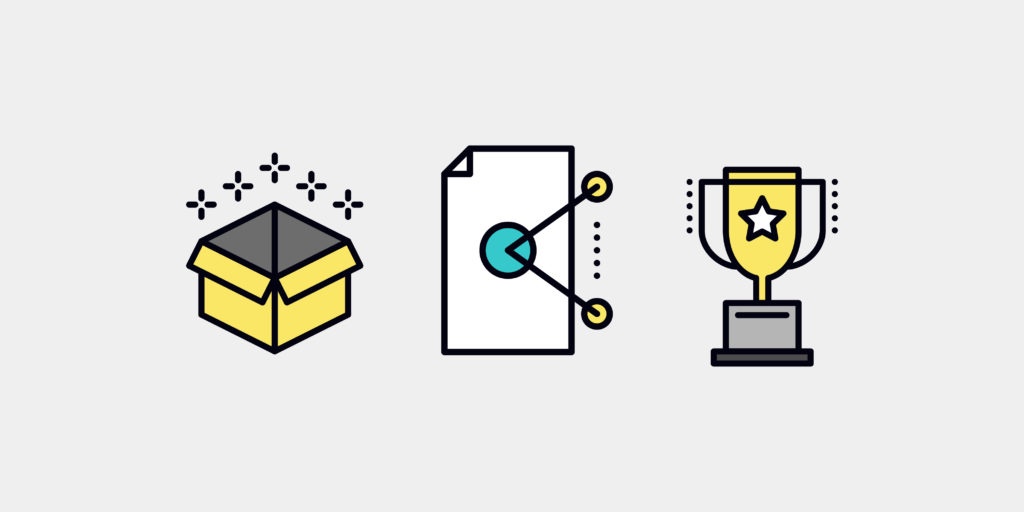
I’ve been on a journey to adopt a minimalist lifestyle for years. I’ve taken on a minimalist wardrobe, thrown out all the junk in my house, even downsized to a smaller flat with less storage and way more floor space.
For me, the appeal of minimalism comes from this idea that your life can be simplified, streamlined, and reduced without sacrificing quality.
It didn’t occur to me until recently that this idea…quality over quantity, could be applied to the workday too. Who doesn’t want to do less work, do better work, and still get “it all” done? Duh.
A minimalist lifestyle begins with getting really (really really) comfortable with the idea that more does not equal better.
The minimalist guide to productivity starts with a simple theory. A lot of the items on your to-do list just do not need to be there. By designing your day differently and by focusing on only your most important goals, you can afford to spend more time on the things that actually matter and can do higher quality work.
Decide What’s Important

You aren’t Superman. You don’t need to do everything.
Minimalism doesn’t really work without a clear and specific goal in mind. You can’t decide what to get rid of without knowing what you want to accomplish. A minimalist lifestyle isn’t about getting rid of stuff. It is about having everything you need to accomplish your goals…and nothing else.
To decide which tasks are important and which can be cut, try to narrow your focus to your overall goal. Create a personal mission statement that encompasses your goals.
At work your mission might be to “increase sales by 300% in the next 180 days and keep all my existing clients.” At home your mission might be to “Lead a nontoxic lifestyle and reduce personal stress.”
Create a mission statement and for every task you add to your to-do list, ask yourself if it supports your mission. If not, it might be time to kick that item to the curb.
Start learning to say “no” to tasks and commitments that don’t support your goal. As is the case in life in general, learning to say “no” is one of minimalism’s most valuable skills.
Set Your MITs

Start each day with a plan. Whatever you use to keep track of your to-do list needs to be used, updated, and thought about every single day.
Get into the habit of devoting a few minutes a day to organizing your to-do list and prioritizing tasks.
Define your top 3 MITs (Most Important Tasks) for the day and structure your choices around those. Think of these as your minimum viable product. If nothing else gets done, these 3 things will keep you “alive.”
When distractions come up (and they always do), when opportunities arise, when you get really tired and are thinking about taking an afternoon nap, you can make a good decision about your next move by considering the effect on your most important tasks.
Cut Out Distractions

There are plenty of studies out there proving that multitasking actually makes you less productive. In fact, research from the American Psychological Association explains that our brains are just not meant to multitask.
There are three different types of multi-tasking, and all of them deplete our time, money, and brainpower. The minimalist lifestyle encourages focus and quality and, from a theoretical point of view, it’s an outlook that just doesn’t jive with the whole multitasking thing.
Identify a task, and block out everything else while you’re completing it.
Phone call? Be present for your friend/family/client and stop scrolling through Facebook. Writing an email? Write it well, write it quickly, and opt not to respond to the 25 texts you got while you were working on it. If you’re trying to really read a website or ebook, close out all your other 50 browser tabs. Make the choice to focus on one thing at a time and stop dividing your attention across a bunch of things that don’t really matter.
Will checking Facebook messenger help you achieve your personal mission? Is it one of your MITs for the day? Is the world (or your business) going to explode if you wait 25 mins to respond? If the answer to any of these is “no”, you can shut the window, ignore the notification, and invest yourself wholly into the task you SHOULD be working on.
Batch And Automate

I once conducted an experiment where I kept a really accurate to-do list of all the things I thought I needed to do each day and all the things I actually did each day for 2 full weeks. What I discovered, was that there were a LOT of repeat tasks on there.
I scheduled Tweets daily. I updated records in my CRM several times a day. Over the course of the 2 weeks I made a TON of entries into my accounting system.
As a way to create a more efficient schedule I took the time to investigate automation options (like connecting my bank accounts to my accounting program, setting up e-mail auto responders for certain types of incoming mail, and using an IFTTT recipe to reshare my tweets to my other social networks automatically). Then, I set aside time to complete big batches of work all at once.
There are a lot of automation options out there designed to take some of the simplest, most monotonous tasks off your plate. IFTTT has thousands of options to help you with automation of everything from spreadsheet data to Trello.
Batching is simply the act of combining similar tasks and completing them all in one sitting. Like scheduling out a week’s worth of Tweets in one sitting.
Figure out which tasks on your list can be automated and which can be batched and then plan your schedule accordingly. Try not to get too excited about all the time you just saved.
Less Is More

There are a lot of apps out there. Don’t fall into the trap of spending more time updating your to-do list app than you spend actually accomplishing things. It might sound ridiculous now, but it happens to the best of us.
Choose just 1 location (app, notebook, spot on your wall dedicated to sticky notes) to serve as your project home base and collect your to-dos there. Only there.
I use Trello to manage my to-do list as well as literally everything else for my business. Trello is my homebase. What’s yours?
Be Flexible
Rigid schedules and timed to-do lists rarely work well for entrepreneurs. Our game is the unexpected right? A minimalist mindset will help you under-book your day and keep you on time for your bigger commitments.
Build some flexibility into your schedule and don’t feel bad about straying slightly from the plan.
Minimalism is all about quality over quantity. Focus on creating and delivering high quality work and stunning the audience with your talents.
{{cta(‘4e0d7e46-1775-4afd-92f6-7d79e287abf6’)}}










































